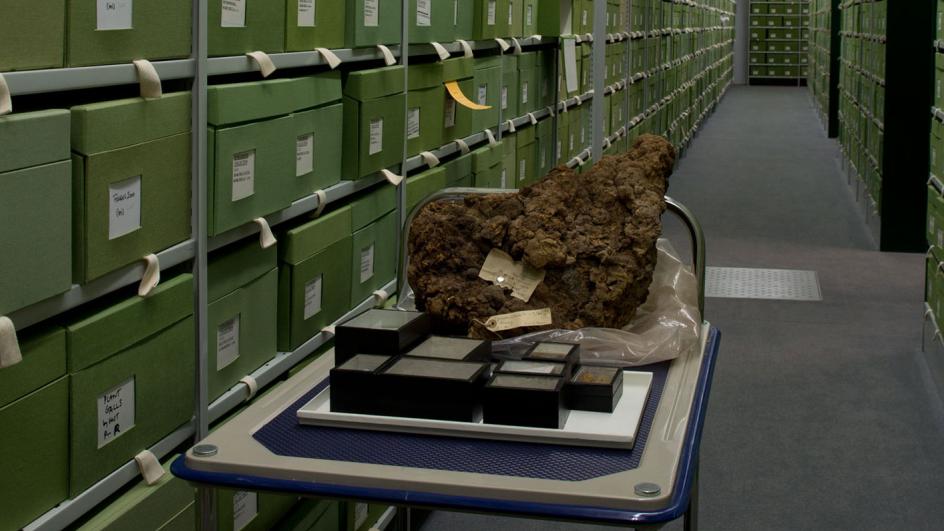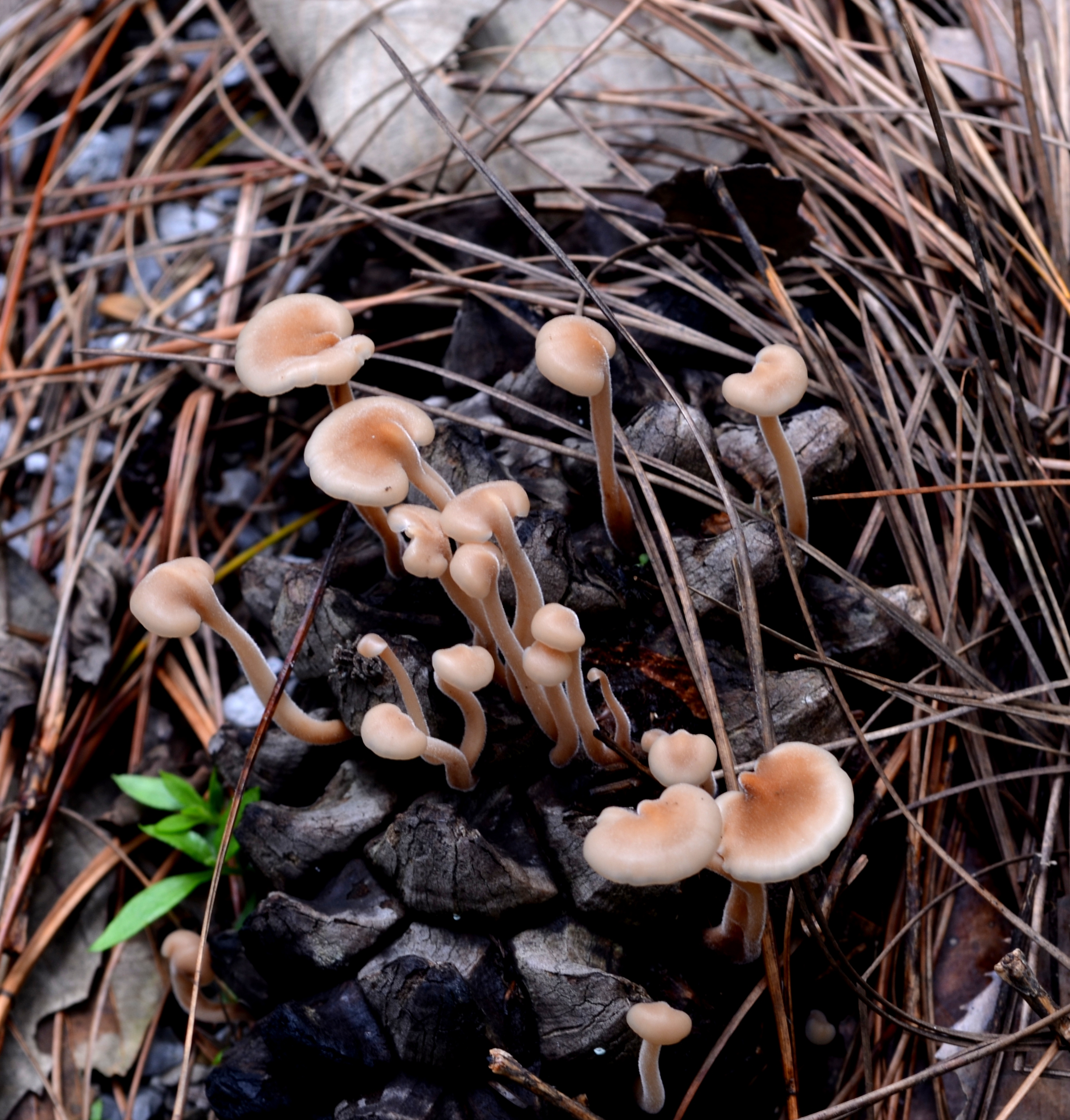Our Fungarium contains specimens from every part of the country (near by countries) and reflects the importance of forest fungi as providers of food, medicines, enzymes and essential ecosystem services.
The FRI Fungarium also houses the Herbarium which contains nearly 12000 specimens of forest diseases and fungi which are preserved and maintained. The specimens of diseases of forest plants and fungi have been maintained after pressing, drying and mounting on herbarium sheets with details of the collection written on the sheets such as name of the disease, its causal organism, host name, locality of collection, date of collection and name of the collector.
The oldest specimen dates back to 1753 which is of a wood decaying fungus Hydnum auriscalpium (now Auriscalpium vulgare) which grows on fallen cones of conifers. The material has been received from Austro-Hungarica herbarium. The oldest Indian collection dates back to 1878 which is of Lycoperdon delicatum a gasteromycete fungus which was collected by J.S. Gamble from Mahasu, Hanol


Fungi is a important part of any ecosystem, they facilitate nutrient recycling in ecosystem through decomposition. All fungi are not decomposers, some of them cause disease in plant and animals. These microscopic organism is visible in their reproductive stage, through their fruiting bodies. Fungal flora of New Forest consists of 185 species belonging to 101 genera in 44 families.